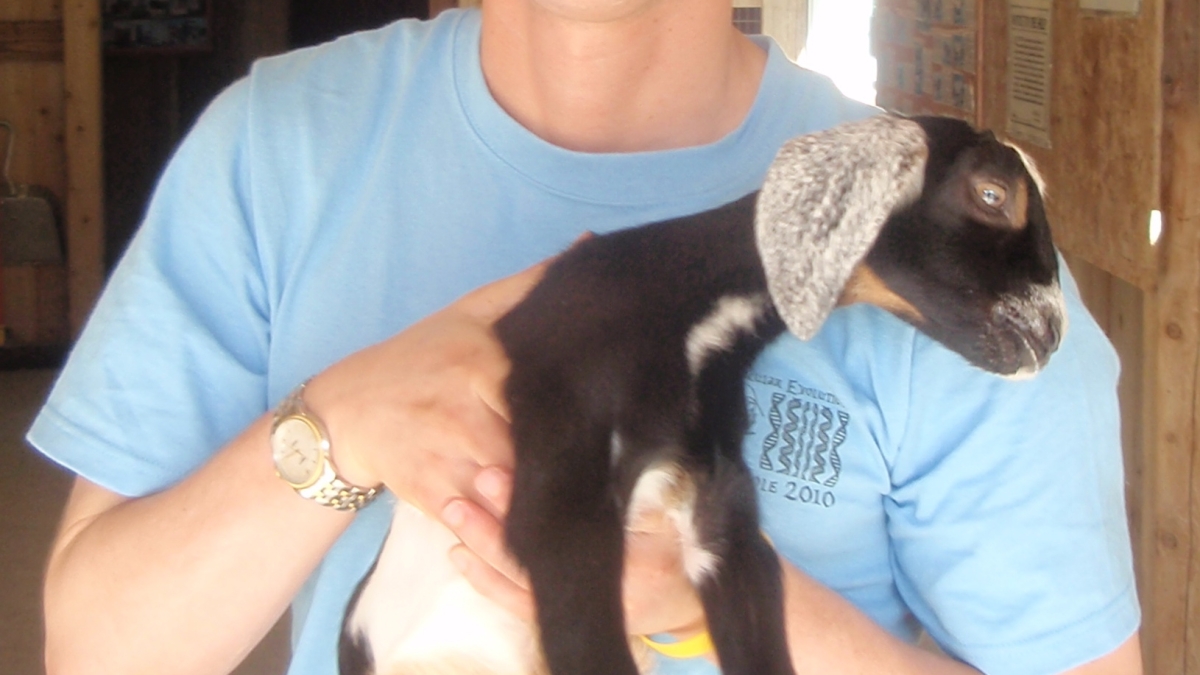Professor receives subcontract to further zoonotic research

ASU’s Department of Biomedical Informatics (BMI) assistant professor Matthew Scotch has been granted a subcontract with Yale University and the Wildlife Conservation Society (WCS) to further research under the United States Agency for International Development (USAID).
The 75 million dollar PREDICT initiative, the first of five projects within USAID’s Emerging Pandemic Threats Program (EPT), aims to build a global early warning system to detect and reduce the impacts of emerging zoonotic diseases.
Explosive human population growth and environmental changes have resulted in increased numbers of people living in close contact with animals. This rapid globalization has consequently altered the ecological balance between pathogens in human and animal hosts. These diseases, which are transmitted between wildlife and people, account for more than three-fourths of emerging zoonotic viruses that include Rabies, Avian Influenza and SARS.
The EPT program focuses resources on detecting dangerous pathogens at an early stage, building appropriate laboratory capacity to support surveillance, strengthening national and local response capacities, and educating at-risk populations on how to prevent exposure to these dangerous pathogens.
Previously, data about discovered viral sequences were recorded and stored, although the sequences themselves were not. With prior experience working at Yale alongside associate professor of Medicine Peter Rabinowitz Scotch employed his skills and expertise in biomedical informatics to design a database system that would integrate all sequential information about the viral samples for PREDICT.
During the two month-long subcontract, Scotch and colleague, ASU systems programmer C.J. Mei updated the schema on the already-existing database Global Animal Information System (GAINS). The team designed a graphical user interface to search for sequences against the database and also for scientists and part of PREDICT to enter new sequences and the associated information about the sequences including when where the sequence was collected. In addition, Scotch and Mei have developed a service to access the National Center for Biotechnology Information’s (NCBI) Basic Local Alignment Search Tool (BLAST) in order to compare the sequences in GAINS against an international collection of publically available sequences.
Scotch’s ultimate goal is to position ASU as an active contributor to the PREDICT project. Since the start of the $75 million project in 2009, an average of 30 viruses have been identified and recorded.
Scotch joined the BMI faculty in 2010 after spending four years at Yale University completing a NLM postdoctoral fellowship with the Yale Center for Medical Informatics while simultaneously maintaining an associate research scientist position. Scotch also has a Master’s of Public Health degree.
The Emerging Pandemic Threats Program is led by the University of California, Davis School of Veterinary Medicine, along with Global Viral Forecasting, Wildlife Conservation Society and the GAINS database, Smithsonian Institution, the National Zoo, and Ecohealth.